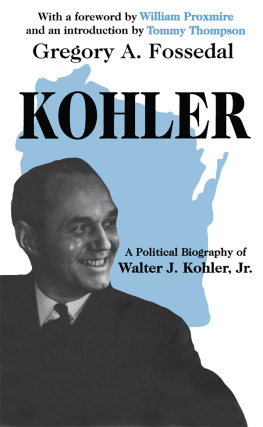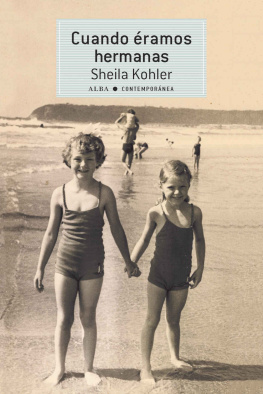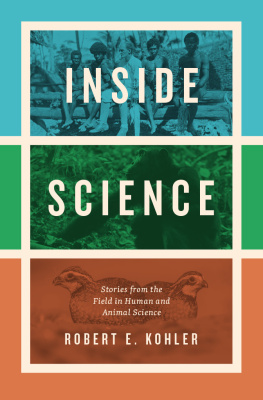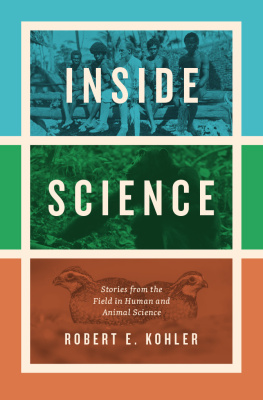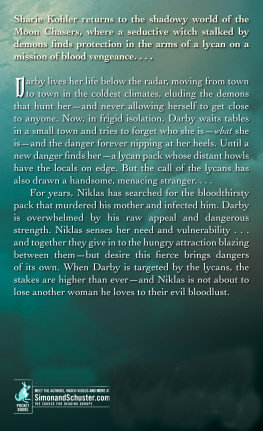For Nicholas and Sage
Copyright 2008 by Sage Publications, Inc.
All rights reserved. No part of this book may be reproduced or utilized in any form or by any means, electronic or mechanical, including photocopying, recording, or by any information storage and retrieval system, without permission in writing from the publisher.
For information:
Sage Publications, Inc.
2455 Teller Road
Thousand Oaks, California 91320
E-mail:
Sage Publications Ltd.
1 Olivers Yard
55 City Road
London EC1Y 1SP
United Kingdom
Sage Publications India Pvt. Ltd.
B 1/I 1 Mohan Cooperative Industrial Area
Mathura Road, New Delhi 110044
India
Sage Publications Asia-Pacific Pte. Ltd.
33 Pekin Street #0201
Far East Square
Singapore 048763
Printed in the United States of America.
Library of Congress Cataloging-in-Publication Data
Riessman, Catherine Kohler
Narrative methods for the human sciences / Catherine Kohler Riessman.
p. cm.
Includes bibliographical references and index.
ISBN 978-0-7619-2997-0 (cloth: alk. paper)
ISBN 978-0-7619-2998-7 (pbk.: alk. paper)
1. Narrative inquiry (Research method) I. Title.
H61.295.R54 2008
001.42dc22
2007037953
This book is printed on acid-free paper.
07 08 09 10 11 10 9 8 7 6 5 4 3 2 1
Acquisitions Editor: | Lisa Cuevas Shaw/Vicki Knight |
Associate Editor: | Sean Connelly |
Editorial Assistant: | Karen Greene/Lauren Habib |
Production Editor: | Karen Wiley |
Copy Editor: | Gretchen Treadwell |
Typesetter: | C&M Digitals (P) Ltd. |
Proofreader: | Kristen Bergstad |
Indexer: | Michael Ferreira |
Cover Designer: | Michelle Kenny |
Marketing Manager: | Stephanie Adams |
Contents
E very book is positioned in a context and this one is no exception. Although narrative theory has been around for centuries, when I published Narrative Analysis nearly fifteen years ago, its methodological focus seemed to meet a still unmet need. The little blue book was briefeighty-three pages longsummarizing a literature and proposing several ways to systematically analyze personal stories generated during research interviews with examples from studies of health and illness. The idea of narrative was hardly new, with well-developed traditions in literary studies, narratology, social linguistics, and other academic disciplines, but my pragmatic, methods-focused book apparently appealed to a broad group of human science investigators.
In the years since the little blue book was published, narrative study has come into its own in qualitative research; diverse viewpoints can be found in narrative journals, book series, handbooks and encyclopedias, and international conferences. I was gratified by the mushrooming of the field in the human sciences but also daunted when I was approached by Sage in 2002 about writing a second edition. It soon became clear that a bigger book was needed, a more extensive treatment of methodological aspects that distinguishes the wide range of social research that now comes under the broad narrative umbrella. During the next four years it took to produce what I thought was a good enough manuscript, Lisa Cuevas Shaw was a patient and supportive editor, while Karen Greene handled many details with skill, and Sean Connelly took charge of the final process. Karen Wiley sensitively oversaw the production process.
Like the earlier book, the perspective of this one was shaped in major ways by a network of relationships that has guided my thinking over many years about what narrative is (and isnt), what a story accomplishes in human interaction, what human scientists can learn from studying stories, and how narrative research can be evaluated. For twenty-one years, I have been part of a narrative study group led by Elliot Mishler that includes a cross-disciplinary group of scholars from several universities in the Boston area and neighboring states. More than anyone, Elliots teachings infuse this book, in dialogue with the lively discussions of the narrative study group that occur in his living room every month. My deepest thanks to him, to my narrative friends in the group, and to graduate students in my methods classes over many years at Boston University and Boston College. Dialogues with graduate students from different disciplinary backgrounds have also played a pivotal role in my intellectual development. A few deserve special mention (Makiko Deguchi, Dana Cervenakova, Laura Lorenz, and John Rich), but many others will see ideas throughout the book that germinated during our classroom conversations. Another area to recognize is the administrative support that came from Dean Wilma Peebles-Wilkins at Boston University School of Social Work, and Stephen Pfohl and Julie Schor as successive department chairs in the Sociology Department at Boston College.
The manuscript was completed while I was on the move in more ways than one. Aware that contemporary narrative research was incorporating visual data, I ventured into the terrain (with more than a little help from colleagues) to learn about visual methods. Sensing that narrative research was becoming international in scope, I connected with narrative networks across the globe. In the United Kingdomthe location of the Centre for Narrative Research, at the University of East LondonI spent enjoyable hours lecturing and meeting with teachers and students at the Centre (coled by Molly Andrews, Corinne Squire, and Maria Tamboukou) and with other British colleagues, and I spent many hours in the British Library. Funds from the British Academy enabled a lengthy period at the Centre, and a Leverhulme fellowship provided an extended time at University of Bristol. Briefer teaching assignments in Sweden introduced me to narrative traditions in social work, nursing, and communications research.
Exemplary work from all these places is folded into the manuscript. The last months of writing and revising were spent in Australia (funded by the Division of Humanities at Curtin University, and several other Australian universities), where I learned a great deal from colleagues in social work, Aboriginal studies, critical psychology, ethics, narrative history, creative studies, and other fields. The interdisciplinary perspective of the book is due in large measure to conversations with colleagues and students in these various settings. I thank my British and European, Australian and New Zealand, and Boston area colleagues for spirited conversations, computer assistance, wonderful meals, and a bed in their welcoming homesfriends too numerous to list (but you know who you are).
A prior group got me through a difficult personal time, making it possible to begin to think about doing another book: Caroline and Charlie Persell, Linda and Michael Brimm, Cynthia Shilkret, Genevieve and Joe Coyle, Elliot Mishler and Vicky Steinitz, Mary-Beth Fafard, Pam Frank, Gail Hornstein, Eileen Julien, Lyndy Pye, Aylette Jenness, Jane Liebshutz, Natalie Schwartzberg, Cynthia Poindexter, Connie Nathanson, Judy Smith, Sarah Rosenfield, and many Cape Cod friends. Soothers of stress and providers of shelter, I thank you all.






